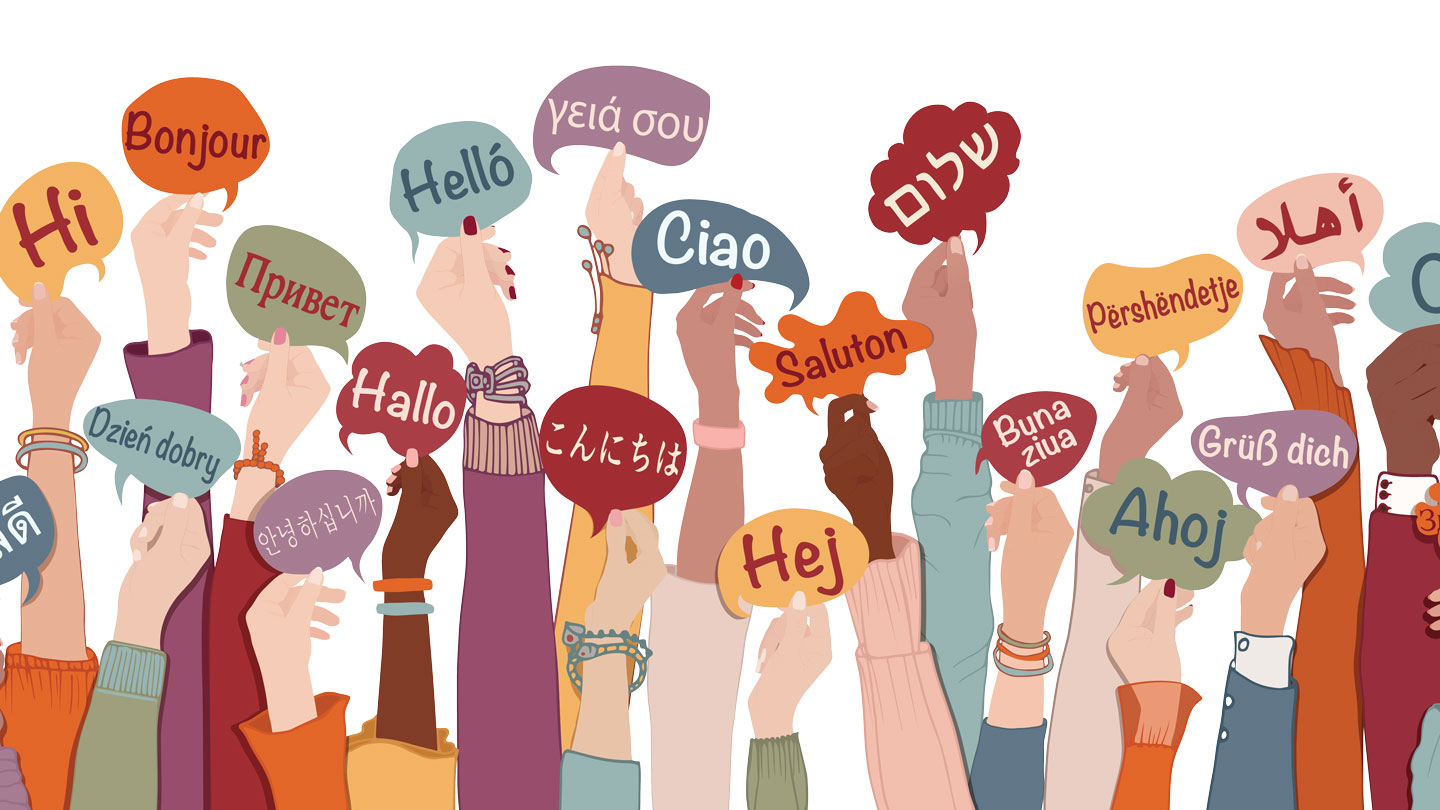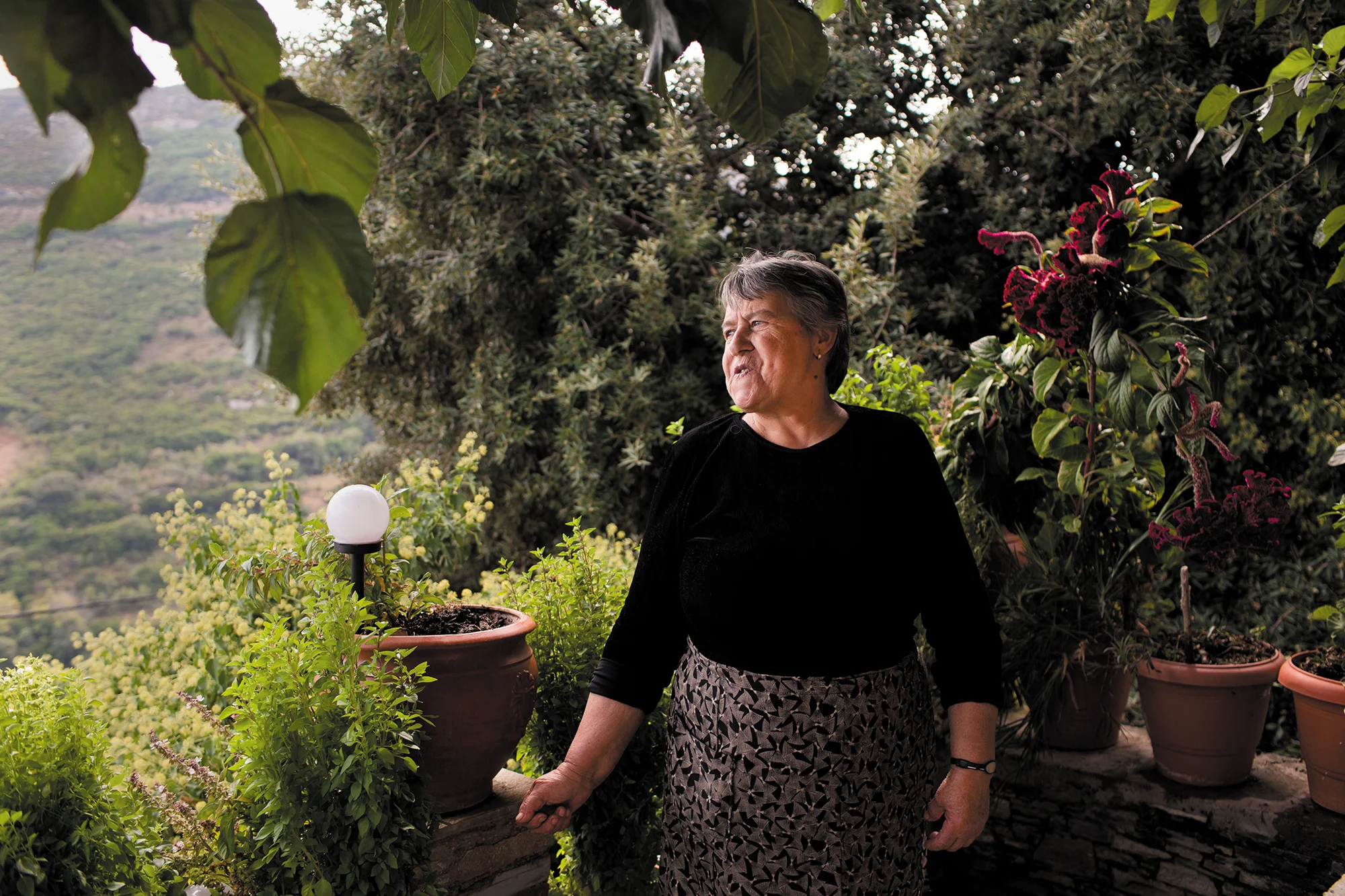When people think of language, they often focus on spoken or written forms—but sign languages are complex linguistic systems that have evolved naturally and independently across the globe. Contrary to popular belief, there is no universal sign language. American Sign Language (ASL), British Sign Language (BSL), and many others—including Kenyan, Japanese, and Indonesian Sign Languages—have unique grammar, vocabulary, and cultural nuances. This linguistic evolution aligns with E-E-A-T (Experience, Expertise, Authoritativeness, and Trustworthiness) by grounding knowledge in real-world usage and academic research, helping readers understand how communication goes far beyond speech.
Sign languages typically arise in Deaf communities through natural social interaction. Just as spoken languages evolve over generations, sign languages develop regional dialects, borrow from each other, and adapt to changing contexts. For example, ASL is rooted in French Sign Language rather than BSL, despite both countries being English-speaking. This fact highlights how sign languages are shaped more by historical connection than geographic proximity or spoken language parallels.
Exploring the development of sign languages enriches our understanding of human communication and diversity. These visual languages are not “manual versions” of spoken ones but fully-fledged systems with their own syntax, idioms, and expressive power. Their independent evolution across continents showcases the brain’s incredible adaptability—and reminds us that language is about connection, not just sound.




